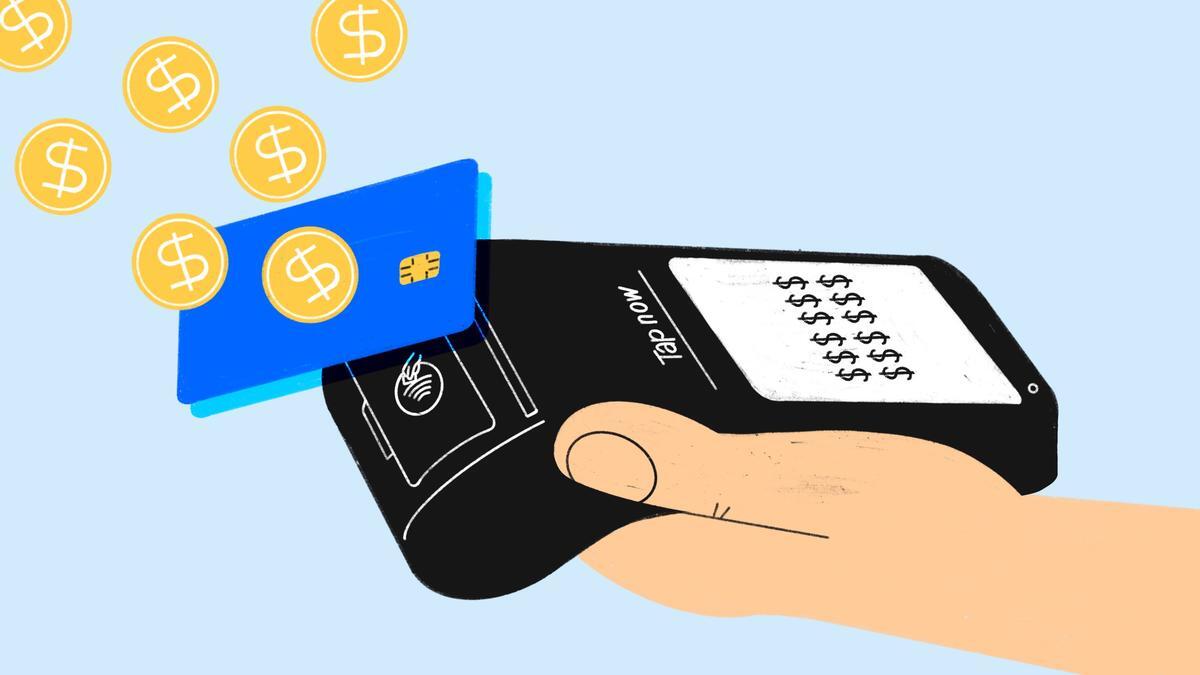Summary of the latest Victorian Government business incentives
Business Support Fund 3 The total grant will be: $10,000, $15,000 or $20,000 depending on the size of the business’ payroll for 2019/20.
2 min read
Louie Scarpari : 02/11/2023 3:37:49 PM

The birth of open banking
The last few years have seen a seismic change in the payments landscape. Gone are the days where payments were the exclusive domain of the banks. In the last five years, regulators in the UK and Australia have introduced ‘open banking’ – recognising and regulating non-bank payment service providers (PSP), and allowing them to participate in the market.
Consumers and businesses can share their data with PSPs and access a wide range of innovative payments services – such as wallets, apps, and a diversified range of payment and credit arrangements. The growth of PSPs has driven benefits for business – including more flexible payments, a wider choice of providers, enablement of online payments and lower fees for domestic transactions.
The impact of payments innovation on hospitality
The hospitality sector is one that has gained considerably from open banking and all that advanced financial technology can offer. The four key benefits for restaurants, QSRs and casual dining are:
Let’s look at each of those in more detail:
Tokenised loyalty tracking
A loyalty program is an essential for restaurants who want to be able to recognise their consumers – to understand their behaviour, deliver a more personalised service and offer rewards and incentive that keep them coming back. One of the new services made possible by the advent of PSPs is tokenised credit card solutions. Tokenisation assigns a random number – or token – to a credit card, rendering it at the same time anonymous but recognisable. But tokenising credit cards, in combination with a loyalty program, is extremely powerful –‘supercharging’ a restaurant’s approach to loyalty and putting them several steps ahead of their competition.
Automatic surcharging
In Australia, unlike some other countries, merchants are allowed to charge the consumer for using a credit card. They can add a surcharge at a rate that covers their costs. The actual costs vary depending on the type of card used, so merchants are allowed to apply an average fee. The issue with that is that they can lose out if the mix of cards means that the actual costs are higher than their estimate.
Automatic surcharging can save the merchant tens of thousands of dollars. With automatic surcharging, the merchant charges the consumer the exact cost of the credit card transaction, rather than an average. The merchant can specify multiple rates with the payment provider, and as the consumer taps their card, the correct rate is automatically applied, based on the card type. The merchant never needs to lose out on their credit card surcharging, eliminating unnecessary dents in their bottom line.
Pay at table
Pay at table with traditional payment methods means the staff member bringing the payment device to the table, and the POS is locked to other transactions whilst the table checks their bill and makes the payment. After two minutes, the transaction times out, to free up the POS, meaning that the payment has to start over again. In a busy restaurant, this of course is not viable, and they revert to taking a printed receipt to the table.
PSPs can offer an integration that authorises the server to take the payment device to the table, without locking up the POS. The server enters the table number, and the complete itemised bill and payment due appears on the device. Once payment is made the POS closes off that table, making for a smoother, more straightforward transaction for restaurant and customer alike.
Streamlined payments and lower fees
For customers and merchants, open banking payments - with no keying of credit card data, and with biometric authentication) tend to be faster, easier, and more secure. Open banking transactions often offer faster settlement than traditional credit cards, optimising cash flow for a business. The streamlined nature of open banking transactions is driving down fees, reducing a restaurant’s costs significantly.
The last half decade has seen a revolution in the payments sector – greater openness, the rise of fintech, more choice for consumers, new capabilities and a driving down of fees. In this revolution, the hospitality sector is emerging as a clear winner.

Business Support Fund 3 The total grant will be: $10,000, $15,000 or $20,000 depending on the size of the business’ payroll for 2019/20.

As the RBA’s consultation process reaches its conclusion and a removal of surcharging looks like it could become a reality, we take a look at the...
.webp)
Easy online order payment using Apple & Google Pay